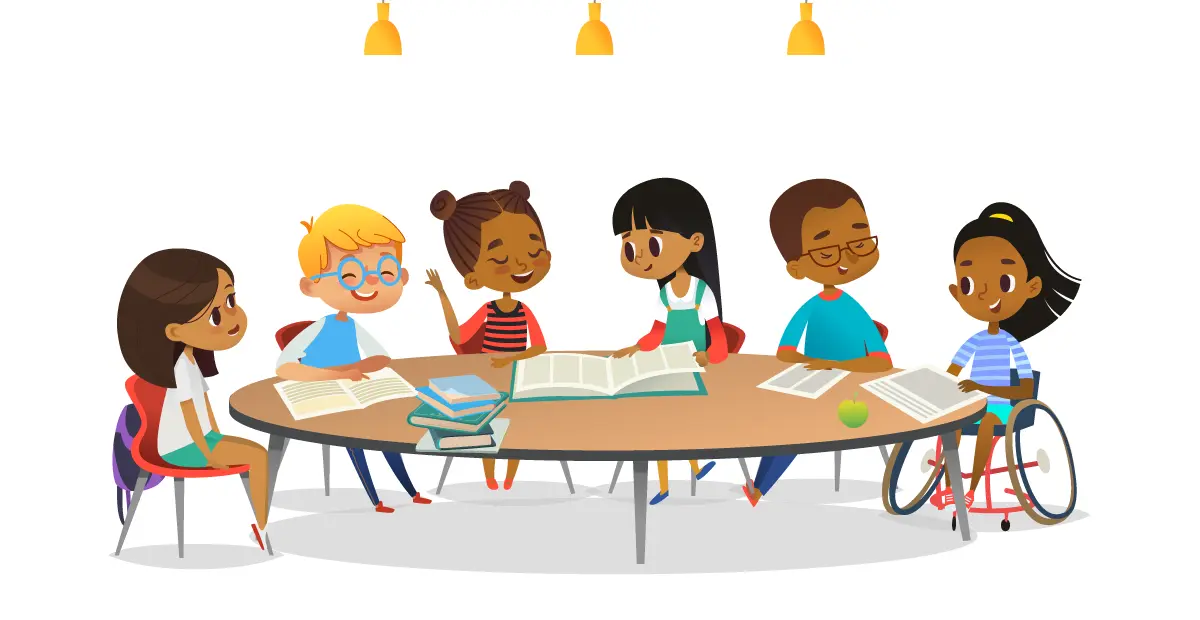Most students either really love to read and find joy in growing and sharpening their literacy skills, or they feel the opposite. Their experience depends on two things- the instructional decisions made and the environment in which they learn. Educators are often told to create a “literacy rich” or “print rich” classroom setting, but what does that really mean? R.I.C.H. should address four different aspects: Relevancy, Inclusiveness, Creativity, and Hands-On approaches.
Relevancy
Students, younger and older are often disconnected from the literacy skills and expectations that are required in standards-based instruction and assessment. This is because they don’t see the “bigger picture” of learning the skills and strategies that are often taught in isolation. The foundational stages of literacy involve building word sense, concepts of print, and lots of repetition and practice—but educators shouldn’t stop there. The students who often struggle lack the connectedness and relevancy of the materials shared. To gain a sense of relevancy and what resonates with students, conversations, book stack cultivation, and surveys should take place.
Inclusiveness
Relevancy and inclusiveness go hand in hand. Whether planning the instruction or the “look” of a space, students need to see themselves in the materials presented. Not only do students need to see themselves, but they need to see others who are not like them as well.
When thinking about inclusivity and literacy, one might think of diversity, and the representation of various racial and ethnic backgrounds and perspectives. This is crucial, but just a starting point. Representation can be present in literacy settings, and students still do not understand the importance or value of a concept or idea. Therefore, it is important to know that in addition to representation, students need to be exposed to an environment that allows them to feel safe (with learning new skills and contributing), and take risks (with new strategies, with new resources), and be inclusive of families (inside and outside of the classroom).
Creativity
Literacy learning is often repetitive and can be boring for some. The more creativity that is sparked within lessons—the better. Creative ideas for literacy learning involve using traditional skills and practical, everyday materials and happenings to get students to understand.
Example: Connecting technological and popular culture terms with academic literacy terms
Hands-On Approaches
We want students to read, but don’t give them enough opportunity to write (or see the correlation between the two). We ask students about other writers and authors’ ideas, but don’t challenge them to see themselves as authors. Writing centers, blogging opportunities, and spaces where students can critique and explore all facets of literacy (listening, speaking, reading, writing) is a climate that would provide hands-on learning in a “R.I.C.H.” classroom.
The literacy environment has evolved, just as education has changed. Teachers often create themes at the beginning of a school year, and it is to get students excited about being in their class. The literacy environment needs a R.I.C.H. environment that is tailored to the needs of the students who are being served, and the learning community as a whole.




